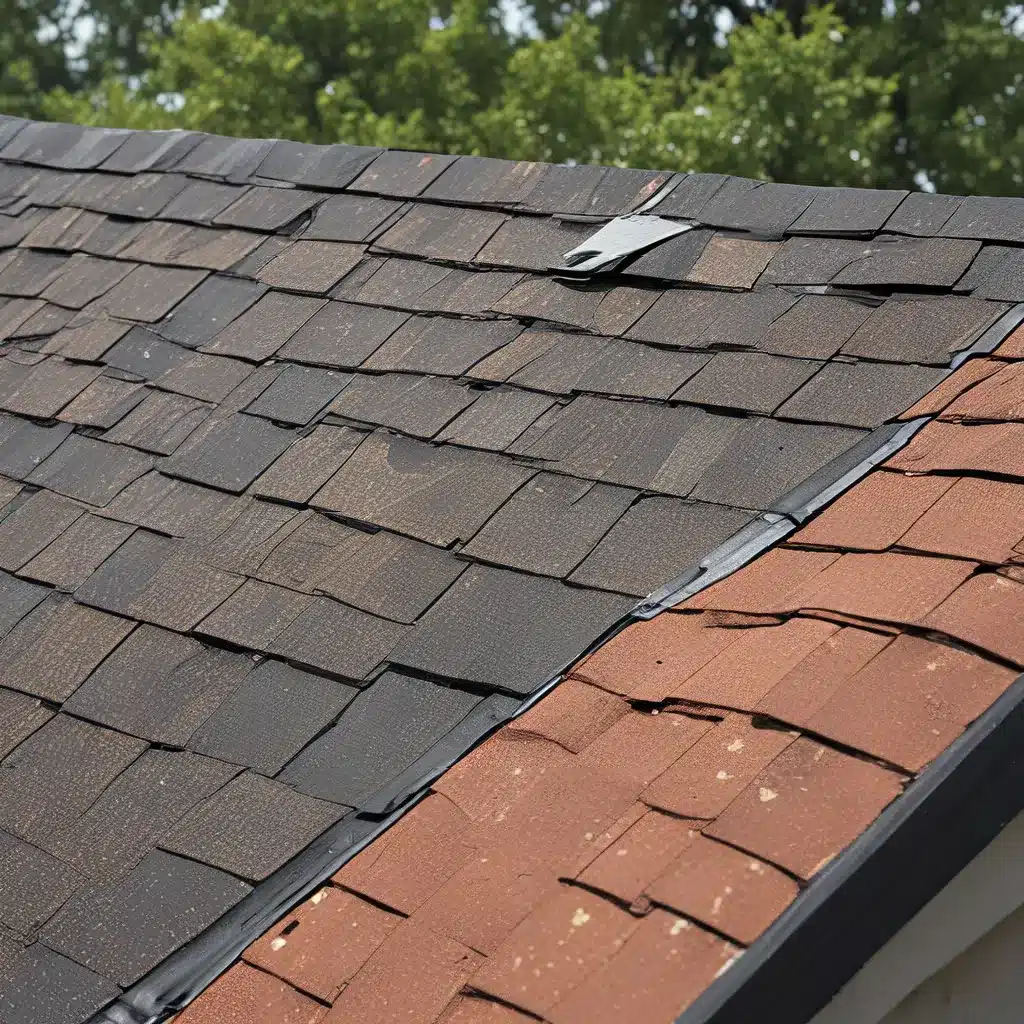
As a homeowner, you know that your roof is one of the most critical components of your property. It protects your home from the elements and can significantly impact the overall value of your investment. But what happens when a catastrophic event, like a hurricane, tornado, or hailstorm, causes major damage to your roof? That’s where your insurance policy comes into play, and understanding the details of your coverage is crucial.
Deciphering Your Deductible
One of the first things you need to understand about your homeowner’s insurance policy is the deductible. This is the amount of money you’re responsible for paying out of pocket before your insurance coverage kicks in. Deductibles can be either a specific dollar amount or a percentage of the total insured value of your home.
Let’s say your home is insured for $300,000 and your policy has a 2% deductible. If you file a claim for a $20,000 roof repair, your insurance company will deduct $6,000 (2% of $300,000) before paying the remaining $14,000. On the other hand, if you have a $1,000 deductible and the same $20,000 claim, you’d be responsible for the first $1,000, and your insurer would cover the remaining $19,000.
It’s important to understand how your deductible works and to choose a level that you’re comfortable with. Typically, the higher your deductible, the lower your monthly premiums will be. However, you’ll need to be prepared to pay more out of pocket if you need to file a claim.
Navigating Natural Disaster Coverage
When it comes to natural disasters, your standard homeowner’s insurance policy may not provide the coverage you need. Floods, earthquakes, and even hurricanes are often excluded from basic policies, requiring separate coverage.
One of the most common exclusions is flood insurance, which is typically provided by the Federal Emergency Management Agency (FEMA) through the National Flood Insurance Program. If you live in an area with a high risk of flooding, it’s essential to consider purchasing this additional coverage to protect your home and your roof.
Similarly, earthquake insurance is a separate policy that you may need to add to your coverage, especially if you live in a seismically active region. And in states like Florida and Louisiana, where hurricanes are a constant threat, you may need to purchase a specific hurricane deductible or endorsement to ensure your roof is adequately protected.
Unexpected Risks: Exclusions and Limitations
While your homeowner’s insurance policy may cover a wide range of roof-related issues, there are some exclusions and limitations you should be aware of. For example, damage caused by pests, such as termites or woodpeckers, is typically not covered, nor is damage due to general wear and tear or lack of maintenance.
Additionally, your policy may have sub-limits on certain types of coverage, such as jewelry or valuable collections. This means that if these items are damaged or stolen, your insurance may only cover up to a certain dollar amount, leaving you responsible for the rest.
To ensure you have the right level of protection for your roof and your home, it’s crucial to review your policy carefully and understand the exclusions and limitations. You may also want to consider purchasing additional coverage, such as a personal umbrella policy, to provide an extra layer of protection.
Navigating the Claims Process
When disaster strikes and your roof is damaged, the last thing you want to worry about is navigating the insurance claims process. But understanding how it works can help you get the coverage you need and minimize the headaches.
The first step is to document the damage as thoroughly as possible, using photographs and detailed notes. This will help your insurance adjuster assess the extent of the damage and determine the appropriate coverage.
Next, you’ll need to file your claim with your insurance provider. This typically involves providing a detailed description of the damage, as well as any supporting documentation. Be prepared to answer questions about the timing and cause of the incident, as well as any pre-existing conditions or prior claims.
Once your claim is filed, the insurance company will send an adjuster to inspect the damage and evaluate the repair or replacement costs. This is where your documentation will come in handy, as it can help ensure that the adjuster fully understands the scope of the damage and the appropriate course of action.
If your claim is approved, your insurance provider will issue a claims check to cover the cost of the repairs, minus your deductible. It’s important to work with a reputable roofing contractor to ensure the work is done properly and to your satisfaction.
Staying Ahead of the Storm
Protecting your roof from catastrophic events is a critical part of being a responsible homeowner. By understanding your insurance policy, securing the right coverage, and preparing for the unexpected, you can rest assured that your home and your investment are well-protected.
Remember, a little preparation can go a long way. Regularly inspect your roof for signs of wear and tear, and consider upgrading to impact-resistant shingles or other roof-strengthening measures to help mitigate the risk of damage. And if a disaster does strike, don’t hesitate to file a claim and work with your insurance provider to get your home back in top shape.
At Southern Roofing Company, we understand the importance of protecting your roof and your home. Our team of experienced professionals is here to guide you through the process, from identifying the right insurance coverage to ensuring a seamless repair or replacement. Contact us today to learn more about how we can help you weather the storm and keep your home in tip-top shape.